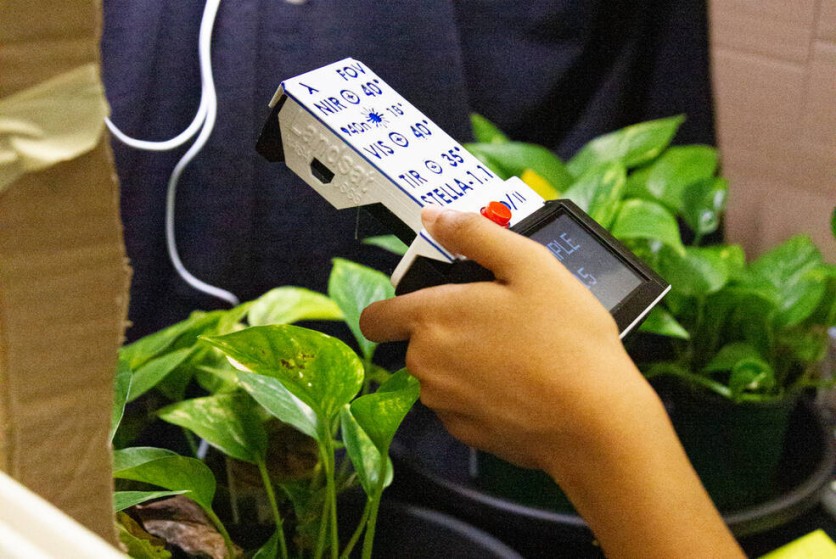NASA introduced a novel do-it-yourself educational gadget, STELLA (Science and Technology Education for Land/Life Assessment), for students, educators, and citizen scientists. Resembling a smartphone in size, STELLA is designed to scan, record, and analyze environmental features, particularly plant health.
With the press of a button, it provides a comprehensive set of measurements, including temperature, humidity, and light intensity. This data aids in evaluating the overall health of plants, similar to vital signs during a checkup.

STELLA's Role in a Plant's Health
The project's chief engineer, Paul Mirel, explained how STELLA's readings of leaf and air temperature disparities offer insights into a plant's hydration levels. Furthermore, the gadget's light intensity assessment is a useful indicator of a plant's photosynthetic activity.
Healthy plants primarily absorb visible light and reflect near-infrared light, while unhealthy or sparse vegetation exhibits a different pattern. This ratio is termed NDVI, or normalized difference vegetation index.
Though STELLA's measurements are more basic compared to those of the Landsat satellites, its true value lies in the hands-on experience it provides. By allowing users to directly make these measurements, it offers a tangible understanding of satellite data and its role in comprehending Earth.
Manuel Lerdau, an ecologist at the University of Virginia, highlighted the significance of STELLA in merging education and research, saying, "STELLA presents a great opportunity to integrate scholarship and education with an instrument that can give us publication-quality data on plant physiology and health at prices affordable to public schools and private individuals."
STELLA Assembled by NASA High School Interns
The device, conceived in 2019, was recently assembled by two high school interns at NASA Goddard, marking a pivotal step in making this technology accessible to educational institutions.
STELLA comes in three models, with the simplest requiring minimal assembly, making it a versatile tool for educational purposes. Its affordability and user-friendly design aim to democratize access to instrumentation, as stated by Paul Mirel, the project's chief engineer.
A STELLA GitHub forum also offers resources such as lesson plans and best practices, further enhancing its educational value.
"Students can use STELLA to understand the world around them, to study the living and the built environment, and to take the steps toward changing the way we treat our planet," Lerdau said.
Karen Karker from SUNY College of Environmental Science and Forestry praised STELLA as an excellent visual aid for classrooms, particularly in lessons related to the electromagnetic spectrum.
Overall, this new gadget has the potential to empower students and citizens alike in their pursuit of understanding and caring for our planet.
Related Article : NASA Ingenuity Helicopter Takes 54th Flight; Video From Perseverance Mars Rover Shared on National Aviation Day

ⓒ 2025 TECHTIMES.com All rights reserved. Do not reproduce without permission.




